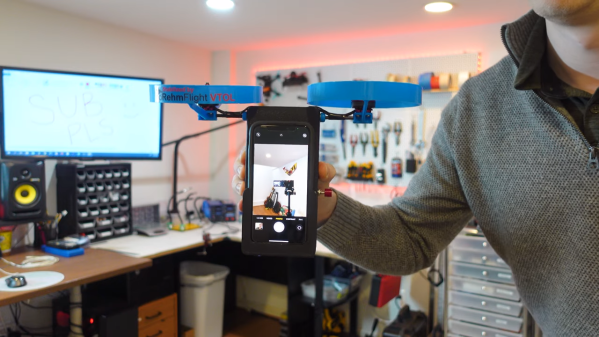For a certain subset of our readers, mentioning IBM’s OS/2 is likely to bring forth a pang of nostalgia, while for others it’s more likely to bring to mind meme images of rebooting ATM displays. Although OS/2 didn’t become the desktop giant that IBM had intended it to become, reports of its demise are very much premature. As [Michael MJD] covers in a recent video, ArcaOS is essentially the latest version of OS/2, under official license from IBM.
The initial release of ArcaOS was in 2017, and the most recent release was version 5.0.7 in December of 2021. What this gets you is an evolution of OS/2 Warp 4.52 that updates the operating system for modern day hardware, although [Michael]’s experiences with using USB and installing WordPerfect 5.2 end up being rather mixed. With IBM not intending to open source the OS any time soon, ArcaOS appears to be mostly aimed at companies and individuals who wish to keep running their old (OS/2) software on newer hardware, per the FAQ.
This is also reflected in the license cost should you wish to obtain a copy of ArcaOS, with a personal edition license costing $129. What this does get one over OS/2 Warp is SMP support, improved USB, audio and video support, along with an actual package manager (ANPM, based on RPM & Yum).
Would you splurge on an updated OS/2 OS like this, or is tinkering with a fully open source OS like Haiku (BeOS reborn) more your thing?
Continue reading “ArcaOS: OS/2 Updated For The Modern World”




















